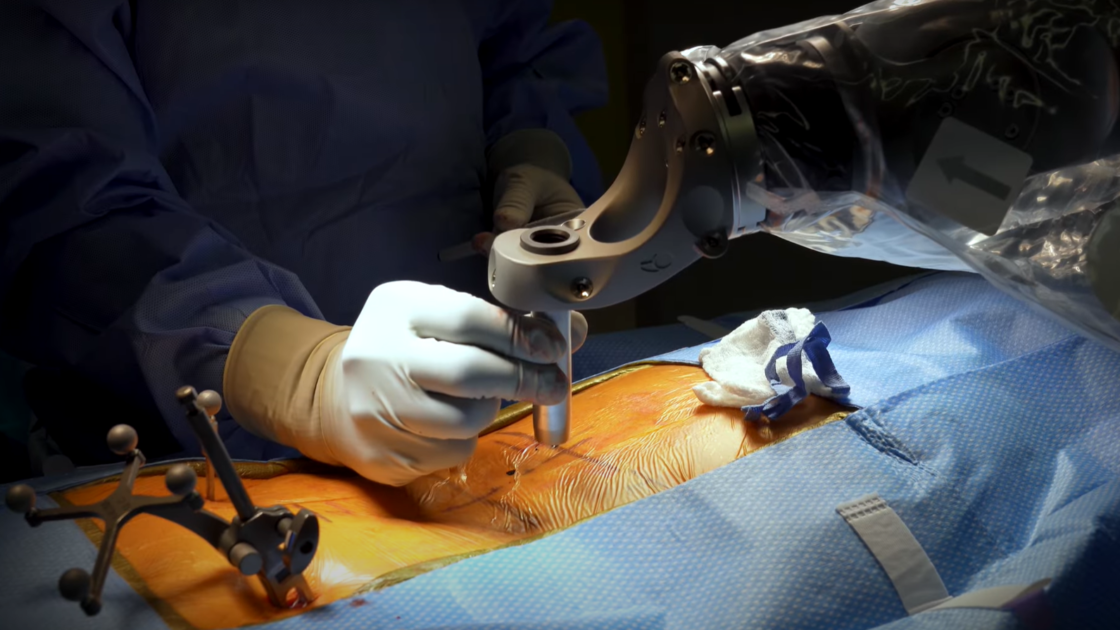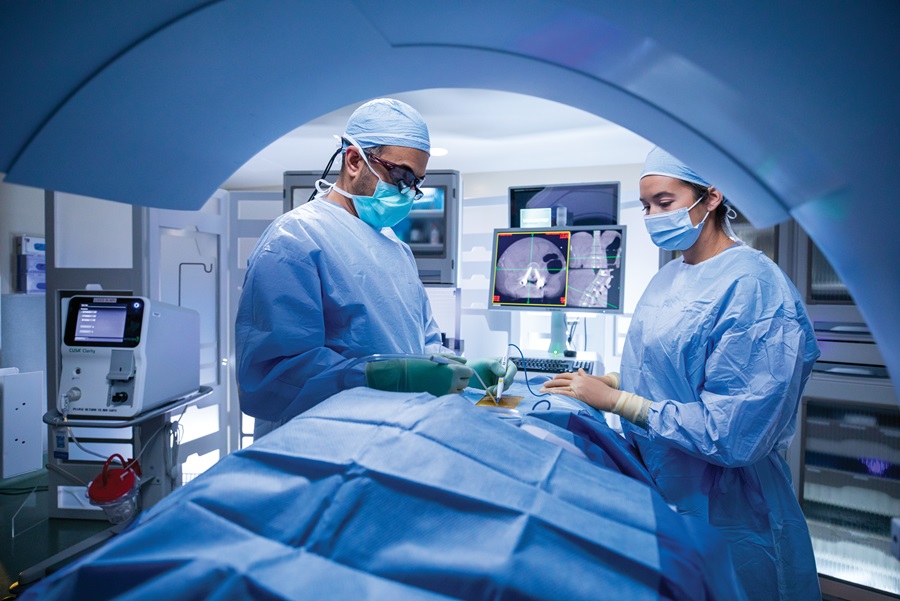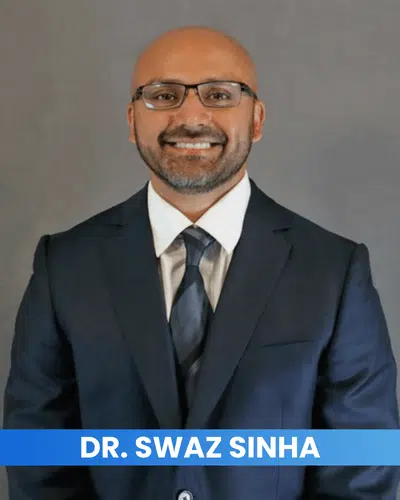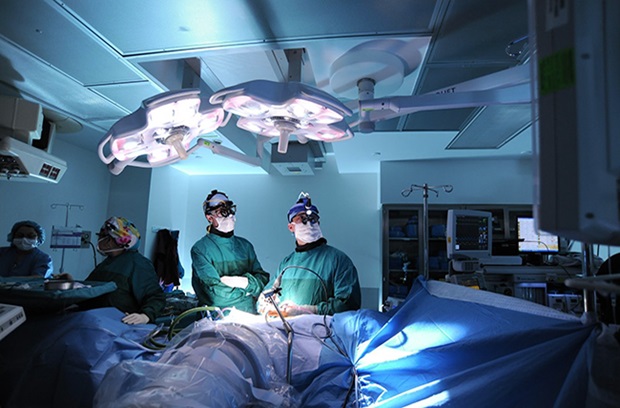An Overview of Spine Conditions That Typically Cause Surgical Therapies
Spinal column problems such as herniated discs, spine stenosis, and degenerative disc condition frequently necessitate surgical interventions when conventional therapies fail to minimize persistent symptoms. Recognizing the nuances of each problem and the equivalent surgical choices, such as discectomy or spinal combination, is essential for reliable monitoring.
Herniated Discs
Although lots of people with herniated discs might find relief via conventional treatments, surgery ends up being an essential consideration when symptoms continue or aggravate - best spine surgeons in st louis mo. A herniated disc takes place when the soft internal gel of a spinal disc protrudes through its outer layer, potentially leading and compressing neighboring nerves to pain, feeling numb, or weakness in the extremities
Conventional administration typically includes physical therapy, pain medicines, and corticosteroid shots, which intend to minimize swelling and improve feature. Nevertheless, in cases where these methods fall short to relieve devastating signs and symptoms, medical choices might be discovered.
One of the most usual surgery for herniated discs is a discectomy, which entails the removal of the herniated part of the disc to ease stress on the impacted nerve root. In a lot more serious cases, spine blend may be required to maintain the impacted vertebrae.
Patients are recommended to go over the potential threats and benefits of surgery with their doctor to make a notified decision. Ultimately, the goal of any type of surgical treatment is to bring back feature, minimize pain, and boost general lifestyle for people struggling with herniated discs.
Spinal Constriction
Spine constriction takes place when the rooms within the spinal column slim, bring about raised pressure on the spinal cord and nerves. This condition can develop in different regions of the spine, including the back and cervical locations, commonly because of age-related adjustments, such as degenerative disc disease, arthritis, or thickening of ligaments.
Individuals with back stenosis might present with signs that include discomfort, feeling numb, tingling, or weakness, largely in the arms or legs. These signs and symptoms can be intensified by tasks that involve standing or walking, frequently leading individuals to look for relief via conservative therapies like physical therapy, medications, or epidural steroid shots.
Nevertheless, when these non-surgical treatments fail to offer sufficient relief, surgical choices might be thought about. Common medical treatments for back constriction include laminectomy, which entails the elimination of part of the vertebra to ease pressure, and spine blend, which stabilizes the damaged location.
Spondylolisthesis
Spondylolisthesis takes place when one vertebra slides onward over an additional, leading to misalignment of the spine. This problem can result from numerous aspects, including congenital issues, injury, or degenerative changes in the spinal column. It is most frequently observed in the back area, especially at the L4-L5 and L5-S1 levels.

Treatment alternatives differ based on the seriousness of the slippage and the signs and symptoms presented. Traditional procedures, including physical treatment, discomfort management, and task modification, are frequently the very first line of protection. When non-surgical strategies stop working to alleviate signs and symptoms or when significant nerve compression is existing, surgical intervention may be warranted. Surgical alternatives can include back fusion or decompression procedures, focused on restoring placement and reducing neurological signs. Early diagnosis and suitable monitoring are vital for ideal results in individuals with spondylolisthesis.
Degenerative Disc Disease

The condition can be detected with a mix of professional assessment, imaging research studies, and client background. When these techniques fail to offer appropriate relief, surgical interventions may be thought about.
Surgical alternatives for DDD may consist of spine fusion or artificial disc replacement, targeted at maintaining the affected section and relieving discomfort (best spine surgeons in st louis mo). Eventually, the selection of treatment is embellished, taking right into account the extent of the problem, client health, and way of living factors
Spine Lumps

Back growths can arise from different variables, consisting of genetic proneness, environmental influences, and pre-existing clinical conditions. Clients might present with an array of signs, including local discomfort, neurological deficiencies, weak point, or modifications in bowel and bladder feature, depending on the lump's dimension and area.
Surgical treatment may be called for to reduce signs, acquire a biopsy, or remove the tumor totally. The objective of surgical treatment is frequently to decompress neural components and stabilize the back. Early discovery address and intervention are vital for optimizing results in clients with spinal lumps.
Verdict
In summary, back problems such as herniated discs, spinal constriction, spondylolisthesis, degenerative disc disease, and back growths frequently demand medical treatment as a result of their possible to cause substantial pain and functional impairment. While traditional therapies may use temporary relief, medical alternatives come to be crucial when symptoms worsen or continue. Prompt diagnosis and intervention play a critical function in bring back feature and boosting the lifestyle for afflicted individuals, underscoring the significance of detailed spinal care.
